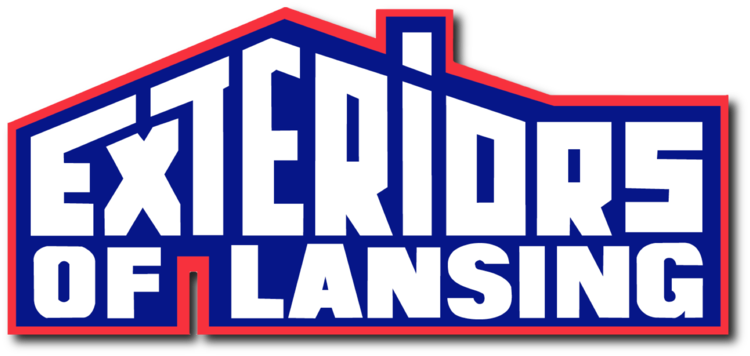Five Main Roofing Components and Their Harmony
Your home's roof is not only a shield against the elements, but also an important part of its structural integrity and aesthetic appeal. As a reputable residential roofing company in Lansing, Michigan, we're here to guide you through the three main components that make up a roofing system.
Structural Layers: The Foundation of Support
The roof deck is the base layer of your roofing system, providing structural support for the entire roof. Typically made of plywood or oriented strand board (OSB), the roof deck forms the foundation to which all other components are attached. It's important that the roof deck is installed correctly to ensure stability and prevent future issues.
Underlayment: The Weatherproof Barrier
The underlayment is a critical layer that serves as a barrier between the roof deck and the shingles. In Michigan's ever-changing climate, an effective underlayment is essential to prevent water seeping through from rain, snow, and ice. The underlayment acts as an extra layer of protection, ensuring that any moisture that gets past the outer roofing material doesn't penetrate the roof deck. Once water reaches the roof deck, it can cause irreversible damage and leave your roof needing a complete roof replacement.
Flashing: The Sealant
Most roof leaks can be narrowed down to the flashing not being installed correctly. Flashing is the material around chimneys, valleys, and pipes. It is usually a piece of metal that is used to help prevent water from getting into the seams and joints, sealing those areas where there are gaps between layers.
Ventilation: The Path of Airflow
Roof ventilation is crucial for maintaining a healthy and functional roofing system. To achieve effective roof ventilation, there are several options to consider. Ridge vents, installed along the peak of the roof, work alongside soffit vents to create a continuous airflow path from bottom to top. Soffit vents are placed under the roof's overhangs, allowing fresh air to enter. Gable vents, static vents, or power vents can also be used to expel hot air from the attic or roof space. Dormer vents and eave ventilation can provide additional airflow in specific areas. The key is to strike the right balance between intake and exhaust vents, ensuring optimal ventilation for your particular roofing system and climate. A well-planned ventilation strategy is another factor in your roof’s longevity.
Shingles: The Exterior Armor
This roofing material is the visible outer layer of your roof, and it plays a significant role in the roof's overall durability, energy efficiency, and curb appeal. In Michigan, homeowners often opt for asphalt shingles due to their affordability, versatility, and ability to withstand the state's varying weather conditions. Other options include metal, slate, wood, and tile. The choice of roofing material not only impacts the aesthetic appeal of your home, but also its longevity and maintenance requirements.
Understanding the Harmony
The synergy between these main components is crucial for the effectiveness of your roofing system. The roof deck provides structural integrity, the underlayment ensures weather resistance, and the roofing material shields against external elements. Regular maintenance and proper installation of these components are vital to extending the lifespan of your roof. A well-built residential roof is a harmonious combination of its core components: the roof deck, underlayment, and roofing material.
Each component plays a specific role in ensuring your home's protection, insulation, and visual appeal. At our Lansing-based residential roofing company, we understand the importance of each of these elements and are dedicated to providing high-quality roofing solutions that stand the test of time in Michigan's challenging climate. Whether you need a new roof installation or maintenance, our experienced team is here to ensure your roof remains a reliable shelter for your family.

